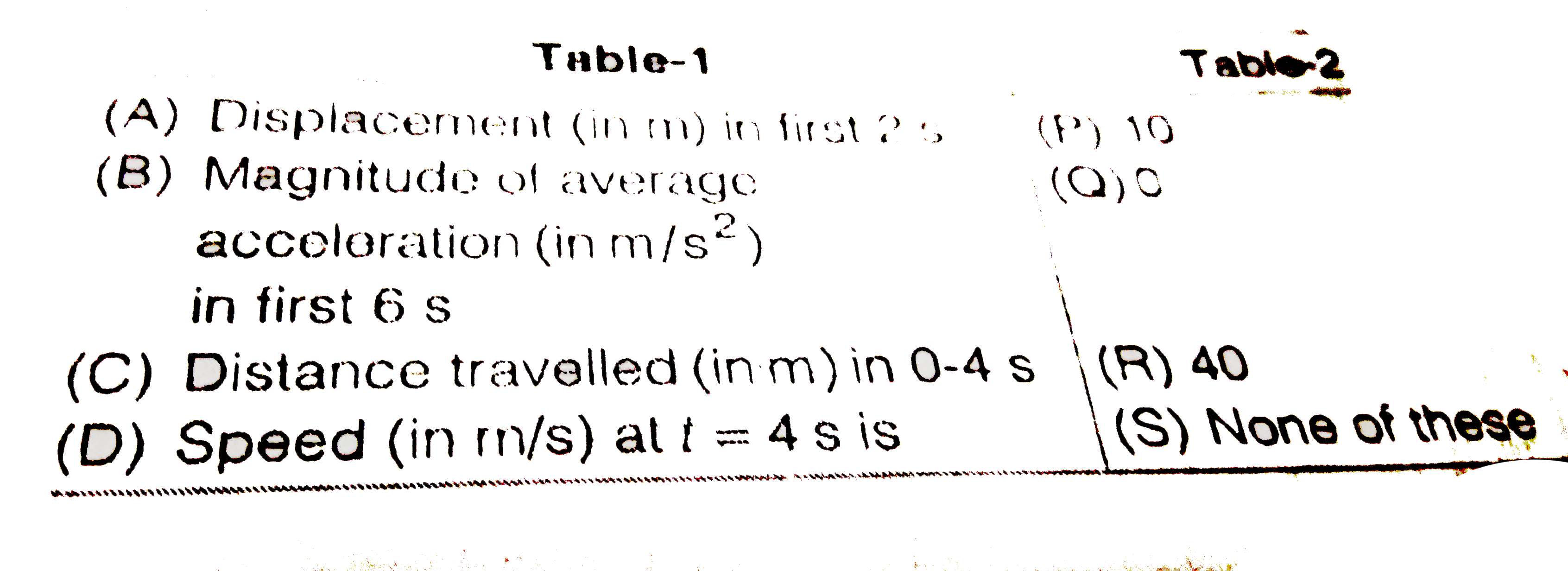Compare the power at which each of the following is moving upwards against the force of gravity ? (giveng=10m/s2) (i) a butterfly of mass 1.0 g that flies upward upward at a rate of 0.5 m//s. (ii) a 250 g squirrel climbing up on a tree at a rate of 0.5 m//s.
To compare the power at which a butterfly and a squirrel are moving upwards against the force of gravity, we can use the formula for power:
Power(P)=Force(F)×Velocity(V)
Where the force acting against gravity is given by:
F=m×g
Here, m is the mass of the object and g is the acceleration due to gravity (given as 10m/s2).
1. Convert mass to kilograms:
- The mass of the butterfly is given as 1.0g.
- Convert to kilograms:
m=1.0g=1.0×10−3kg
2. Calculate the force due to gravity:
- Using F=m×g:
F=(1.0×10−3kg)×(10m/s2)=1.0×10−2N
3. Calculate the power:
- The velocity V is given as 0.5m/s.
- Using P=F×V:
P=(1.0×10−2N)×(0.5m/s)=5.0×10−3W
(ii) For the Squirrel:
1. Convert mass to kilograms:
- The mass of the squirrel is given as 250g.
- Convert to kilograms:
m=250g=250×10−3kg=0.25kg
2. Calculate the force due to gravity:
- Using F=m×g:
F=(0.25kg)×(10m/s2)=2.5N
3. Calculate the power:
- The velocity V is given as 0.5m/s.
- Using P=F×V:
P=(2.5N)×(0.5m/s)=1.25W
Conclusion:
- The power required by the butterfly is 5.0×10−3W.
- The power required by the squirrel is 1.25W.
Thus, the squirrel requires significantly more power to move upwards against gravity compared to the butterfly.
- The mass of the butterfly is given as 1.0g.
- Convert to kilograms:
m=1.0g=1.0×10−3kg
- Using F=m×g:
F=(1.0×10−3kg)×(10m/s2)=1.0×10−2N
- The velocity V is given as 0.5m/s.
- Using P=F×V:
P=(1.0×10−2N)×(0.5m/s)=5.0×10−3W
- The mass of the squirrel is given as 250g.
- Convert to kilograms:
m=250g=250×10−3kg=0.25kg
- Using F=m×g:
F=(0.25kg)×(10m/s2)=2.5N
- The velocity V is given as 0.5m/s.
- Using P=F×V:
P=(2.5N)×(0.5m/s)=1.25W
- The power required by the butterfly is 5.0×10−3W.
- The power required by the squirrel is 1.25W.
Topper's Solved these Questions
Similar Questions
Knowledge Check
A crane lifts a mass of 100 kg to a height of 10 m in 20 s. The power of the crane is (Take g=10ms−2)
A100 WB200 WC250 WD500 W
A lift of mass 200 kg is moving upward with an acceleration of 3m/s2 . If g=10m/s2 then the tension of string of the lift will be :
View SolutionA particle of mass 100g is thrown vertically upwards with a speed of 5m/s. The work done by the force of gravity during the time the particle goes up is
View SolutionA ball is thrown up at a speed of 4.0 m/s. Find the maximum height reached by the ball. Take g=10m/s2.
View SolutionYou throw a ball straight up with an initial speed of 10 m/s. Take upward direction as + Y axis and g=10m/s2 :-
View SolutionA particle of mass 20 g is thrown vertically upwards with a speed of 10 m/s. Find the work done by the force of gravity during the time the particle goes up.
View SolutionA lift of mass 100 kg is moving upwards with an acceleration of 1 m/s2. The tension developed in the string, which is connected to lift is (g=9.8m/s2)
View SolutionA balloon os mass 2 KG is rising up with an acceleration of 4ms2 . The upward force acting on the balloon is (g = 10 ms^-2)
View Solution

